

Articles
How To Use Gas Stove Burners
Modified: May 6, 2024
Learn how to effectively utilize gas stove burners with these informative articles. Discover tips, tricks, and safety precautions to enhance your cooking experience.
(Many of the links in this article redirect to a specific reviewed product. Your purchase of these products through affiliate links helps to generate commission for Storables.com, at no extra cost. Learn more)
Introduction
Welcome to the world of cooking with gas stove burners! Gas stoves are a popular choice for many home cooks due to their precise temperature control and quick heating capabilities. Whether you’re a beginner or an experienced chef, learning how to properly and safely use gas stove burners is essential.
In this article, we will guide you through the steps of using gas stove burners effectively. We’ll cover everything from safety precautions to adjusting flame intensity and using different burner sizes. By the end, you’ll have the confidence to unleash your culinary skills on the stove.
So, let’s dive in and discover the secrets of harnessing the power of gas stove burners!
Key Takeaways:
- Master the art of using gas stove burners by prioritizing safety, familiarizing yourself with the stove, checking the gas supply, igniting the burners, and adjusting flame intensity for precise cooking control.
- Embrace the versatility of different burner sizes, utilize multiple burners, and always prioritize safety when using gas stove burners to create delicious meals with confidence and precision.
Read more: How To Adjust Gas Stove Burners
Safety Precautions
Before we get started with using gas stove burners, it’s crucial to prioritize safety. Here are some important safety precautions to keep in mind:
- Ensure proper ventilation in your kitchen. Gas stoves produce combustion gases, so make sure there is enough fresh air circulation to prevent the buildup of carbon monoxide.
- Check for gas leaks. Before using the stove, inspect the gas connections and hoses for any signs of leaks, such as hissing sounds or the smell of gas. If you suspect a gas leak, turn off the gas supply immediately and contact a professional.
- Keep flammable objects away. Make sure there is a safe distance between the stove and any flammable materials, such as curtains or paper towels. This will reduce the risk of accidental fires.
- Use proper cookware. Choose pots and pans with flat bottoms and secure handles to prevent them from tipping or spilling. Also, avoid using oversized cookware that extends beyond the burner, as it can cause uneven heating.
- Never leave the stove unattended. It’s important to always keep an eye on the stove while it’s in use. If you need to step away, turn off the burners temporarily to prevent any accidents.
- Keep children and pets at a safe distance. Make sure children or pets are kept away from the stove to avoid potential burns or accidents.
- Equip yourself with a fire extinguisher. Have a fire extinguisher readily available in your kitchen in case of emergencies. Make sure you know how to use it effectively.
- Follow manufacturer’s instructions. Different gas stoves may have specific instructions or safety guidelines, so always refer to the manufacturer’s manual for guidance.
By following these safety precautions, you can ensure a secure cooking environment and minimize the risk of accidents or injuries.
Step 1: Familiarizing Yourself with the Gas Stove Burners
Before you start using gas stove burners, it’s important to get acquainted with the different parts and controls. Familiarizing yourself with the stove will help you navigate the settings and make the most of your cooking experience.
Here are the main components of gas stove burners:
- Burner Grates: These are the sturdy, removable grates that sit on top of the burners. They provide a stable surface for your pots and pans.
- Control Knobs: The control knobs are usually located on the front panel of the stove. Each knob is labeled to indicate which burner it controls. You can turn the knobs to adjust the flame intensity.
- Ignition System: Most modern gas stoves have an automatic ignition system. When you turn the control knob, this system generates a spark to ignite the gas and start the burner. However, some older models may require manual ignition using a lighter or match.
- Flame Adjustments: Gas burners usually have two types of flame adjustments: high flame and low flame. The high flame is ideal for rapidly boiling liquids or searing meats, while the low flame is suitable for simmering or gentle heat.
- Burner Size Options: Gas stoves often include burners of different sizes. The large burners are more powerful and suitable for cooking larger quantities, while the smaller burners are ideal for simmering or smaller pots and pans.
Take a moment to explore your gas stove’s features and become comfortable with how everything works. This will ensure you have a smooth cooking experience and can easily adjust the heat intensity based on your recipe’s requirements.
Now that you’re familiar with the gas stove burners, let’s move on to the next step: checking the gas supply.
Step 2: Checking the Gas Supply
Before you use the gas stove burners, it’s important to ensure that the gas supply is connected and functioning properly. Here’s how to check the gas supply:
- Inspect the gas hose: Start by inspecting the gas hose that connects the stove to the gas supply. Look for any visible damage, such as cracks or leaks. If you notice any issues, contact a professional to repair or replace the hose.
- Check the gas valve: Locate the gas valve, which is usually located near the stove or behind it. Ensure that the valve is in the “on” position. If it’s off, turn it on by rotating the valve handle in a clockwise direction.
- Perform a leak test: To check for gas leaks, you can perform a simple water and soap solution test. Mix equal parts of water and liquid dish soap in a spray bottle. Spray the solution onto the gas connections, hoses, and valves. If you see any bubbles forming, it indicates a gas leak. In this case, turn off the gas supply immediately and contact a professional for assistance.
- Listen for hissing sounds: While the stove is off, listen for any hissing or unusual sounds near the gas connections. If you hear anything, it could be a sign of a gas leak. Take immediate action by turning off the gas supply and seeking professional help.
- Follow manufacturer’s instructions: Some gas stoves may have specific steps or guidelines for checking the gas supply. Refer to the manufacturer’s manual for any additional instructions or recommendations.
By carefully checking the gas supply and ensuring there are no leaks or issues, you can use the gas stove burners with peace of mind. Safety should always be the top priority when working with gas appliances.
Now that you’ve checked the gas supply, it’s time to move on to the next step: igniting the gas stove burners.
Step 3: Igniting the Gas Stove Burners
Now that you have ensured the gas supply is connected and safe, it’s time to ignite the gas stove burners. Follow these steps to start the burners:
- Turn off all control knobs: Before you ignite the burners, make sure all the control knobs are in the “off” position.
- Locate the ignition switch: Look for the ignition switch on your gas stove. It is often labeled with a spark symbol or “ignite.” The ignition switch may be located on the front panel or near the control knobs.
- Push and turn the control knob: Choose the burner you want to ignite and push the corresponding control knob inward while simultaneously turning it counterclockwise to the “ignite” position. This action will activate the ignition system.
- Observe the igniting process: Keep your eyes on the burner as the ignition process begins. You should see a spark near the burner, indicating that the gas is being ignited.
- Release the control knob: Once the burner has ignited, continue to hold the control knob for a few seconds to allow the flame to stabilize. Then, release the knob. The flame should remain lit.
- Repeat for other burners: If you have multiple burners, repeat the same process for each one individually.
- Use a lighter or match if necessary: If your gas stove does not have an automatic ignition system, you may need to manually light the burners using a lighter or match. Follow the same steps, but instead of relying on the automatic ignition, use the flame from the lighter or match to ignite the gas.
Once all the burners are ignited, you are ready to proceed with your cooking. However, always keep an eye on the flame to ensure it remains steady and bright. If you notice any issues, such as the flame going out or irregularities in the burners, turn off the gas supply and seek professional assistance.
Now that you’ve successfully ignited the gas stove burners, let’s move on to the next step: adjusting the flame intensity.
Always ensure that the burner caps and grates are properly placed before turning on the gas stove. This will help to ensure even heating and prevent any accidents.
Read more: How To Fix Gas Stove Burners
Step 4: Adjusting the Flame Intensity
Adjusting the flame intensity on your gas stove burners is crucial for achieving the desired cooking temperature. Follow these steps to adjust the flame intensity:
- Locate the control knobs: Identify the control knobs for the burners you want to adjust. Each knob corresponds to a specific burner.
- Turn the control knob: To increase the flame intensity, turn the control knob clockwise. This will allow more gas to flow, resulting in a higher flame. To decrease the flame intensity, turn the knob counterclockwise.
- Observe the flame: As you adjust the control knob, observe the flame to see how it responds. A higher flame will produce more heat, suitable for boiling or searing, while a lower flame is ideal for simmering or gentle heat.
- Make gradual adjustments: When adjusting the flame intensity, make small and gradual changes. This will help you achieve the desired temperature without sudden and drastic fluctuations.
- Balance flame size and cookware: Ensure that the size of the flame matches the size of your cookware. If the flame extends beyond the sides of the pot or pan, it can lead to uneven heating and energy waste. Adjust the flame to be slightly smaller than the diameter of the cookware.
- Monitor and fine-tune: Throughout the cooking process, keep an eye on the flame and make any necessary adjustments to maintain the desired temperature. Remember that different recipes and cooking techniques may require varying flame intensities.
By mastering the art of adjusting the flame intensity, you can have precise control over your cooking process. This will result in perfectly cooked meals and prevent any burning or undercooking mishaps.
Now that you know how to adjust the flame intensity, let’s move on to the next step: using different burner sizes.
Step 5: Using Different Burner Sizes
Gas stoves often come equipped with burners of different sizes to accommodate various cooking needs. Understanding how to effectively use different burner sizes can optimize your cooking experience. Here are the steps to follow:
- Identify the burner sizes: Take note of the different burner sizes available on your gas stove. Typically, there will be small, medium, and large burners.
- Match cookware to burner size: Select the appropriate burner size based on the size of your cookware. Use smaller burners for smaller pots and pans, and larger burners for bigger cookware. This ensures efficient heat distribution and prevents uneven cooking.
- Adjust flame intensity accordingly: When using different burner sizes, it’s important to adjust the flame intensity accordingly. For example, a large burner may require a higher flame intensity to generate sufficient heat, while a small burner may need a lower intensity. Use the control knobs to make the necessary adjustments.
- Utilize multiple burners: Take advantage of the versatility offered by gas stoves with multiple burners. You can simultaneously use different burners for cooking various components of a meal, speeding up the cooking process. Just ensure that you can efficiently monitor and manage all burners simultaneously.
- Switch burners if needed: If you find that the heat distribution is not optimal or the flame is too high or low for your cookware, feel free to switch the pot or pan to a different burner size. This flexibility allows you to adapt to different cooking requirements and achieve better results.
By understanding how to use different burner sizes effectively, you can maximize the efficiency of your gas stove and create delicious meals with precision.
Now that you know the importance of utilizing different burner sizes, let’s move on to the final step: turning off the gas stove burners.
Step 6: Turning Off the Gas Stove Burners
Once you have finished cooking, it’s important to properly turn off the gas stove burners to ensure safety and conserve energy. Follow these steps to turn off the burners:
- Cool down the cookware: Before turning off the burner, allow the cookware to cool down for a few minutes. This will reduce the risk of burns or accidents when handling hot pots or pans.
- Turn off the control knobs: To turn off a burner, simply rotate the corresponding control knob to the “off” position. This stops the flow of gas to the burner.
- Verify the flame is extinguished: After turning off the control knob, take a moment to visually confirm that the flame has been completely extinguished. If any burner flames continue to burn, double-check the control knob and ensure it is fully turned off.
- Check the gas supply: Once you have turned off all the burners, it’s a good habit to verify that the gas supply valve is fully closed. Look for the gas valve near the stove and ensure it is in the “off” position.
- Clean the stovetop: After the burners have been turned off, take the opportunity to clean the stovetop. Wipe away any spills or debris to maintain a clean and safe cooking environment.
Turning off the gas stove burners properly not only prevents accidents or gas leaks but also conserves energy. It’s a good practice to make sure the burners are always turned off when they are not in use.
With the completion of this final step, you have successfully learned how to use gas stove burners effectively and safely. Congratulations!
Now you can confidently navigate the world of gas stove cooking and enjoy experimenting with various recipes and flavors.
Remember to always prioritize safety and follow the manufacturer’s instructions for your specific gas stove model.
Happy cooking!
Conclusion
Using gas stove burners can greatly enhance your cooking experience, providing precise temperature control and quick heat. By following the steps outlined in this article, you can ensure not only efficient cooking but also safety in the kitchen.
We started by emphasizing the importance of safety precautions, such as proper ventilation, checking for gas leaks, keeping flammable objects away, and never leaving the stove unattended. These precautions create a secure cooking environment for you and your family.
We then guided you through the process of familiarizing yourself with the gas stove burners, checking the gas supply, igniting the burners, adjusting the flame intensity, using different burner sizes, and finally, turning off the burners. Each step is crucial in utilizing your gas stove effectively and optimizing your cooking results.
Remember, safety should always be your top priority when working with gas appliances. Keep an eye out for any signs of gas leaks, perform regular maintenance checks, and always follow the manufacturer’s instructions.
With this knowledge and understanding, you can confidently embark on your culinary adventures and create delicious meals with the power and precision of gas stove burners.
So, go ahead, ignite those burners, adjust the flame, and let your creativity flourish in the kitchen. Happy cooking!
Now that you're more comfortable using gas stove burners, consider other vital topics to ensure a safe kitchen environment. Elderly family members often forget the dangers associated with stoves, leading to potentially hazardous situations. Read our guide on how to keep an elder from repeatedly turning on gas stove burners, where we share essential gas stove safety tips to prevent accidents and promote peace of mind. This guide will equip you with practical strategies to safeguard your loved ones.
Frequently Asked Questions about How To Use Gas Stove Burners
Was this page helpful?
At Storables.com, we guarantee accurate and reliable information. Our content, validated by Expert Board Contributors, is crafted following stringent Editorial Policies. We're committed to providing you with well-researched, expert-backed insights for all your informational needs.
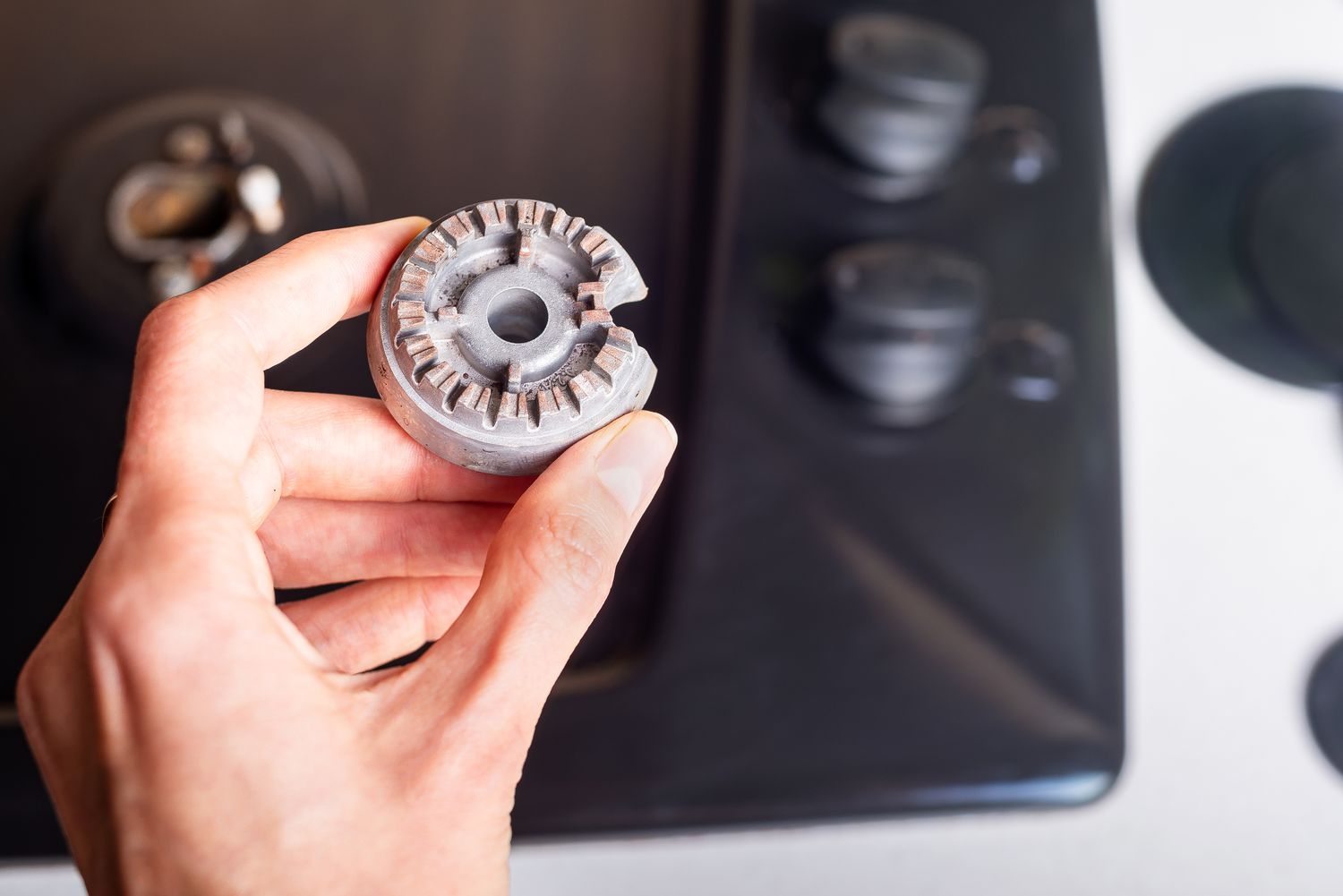
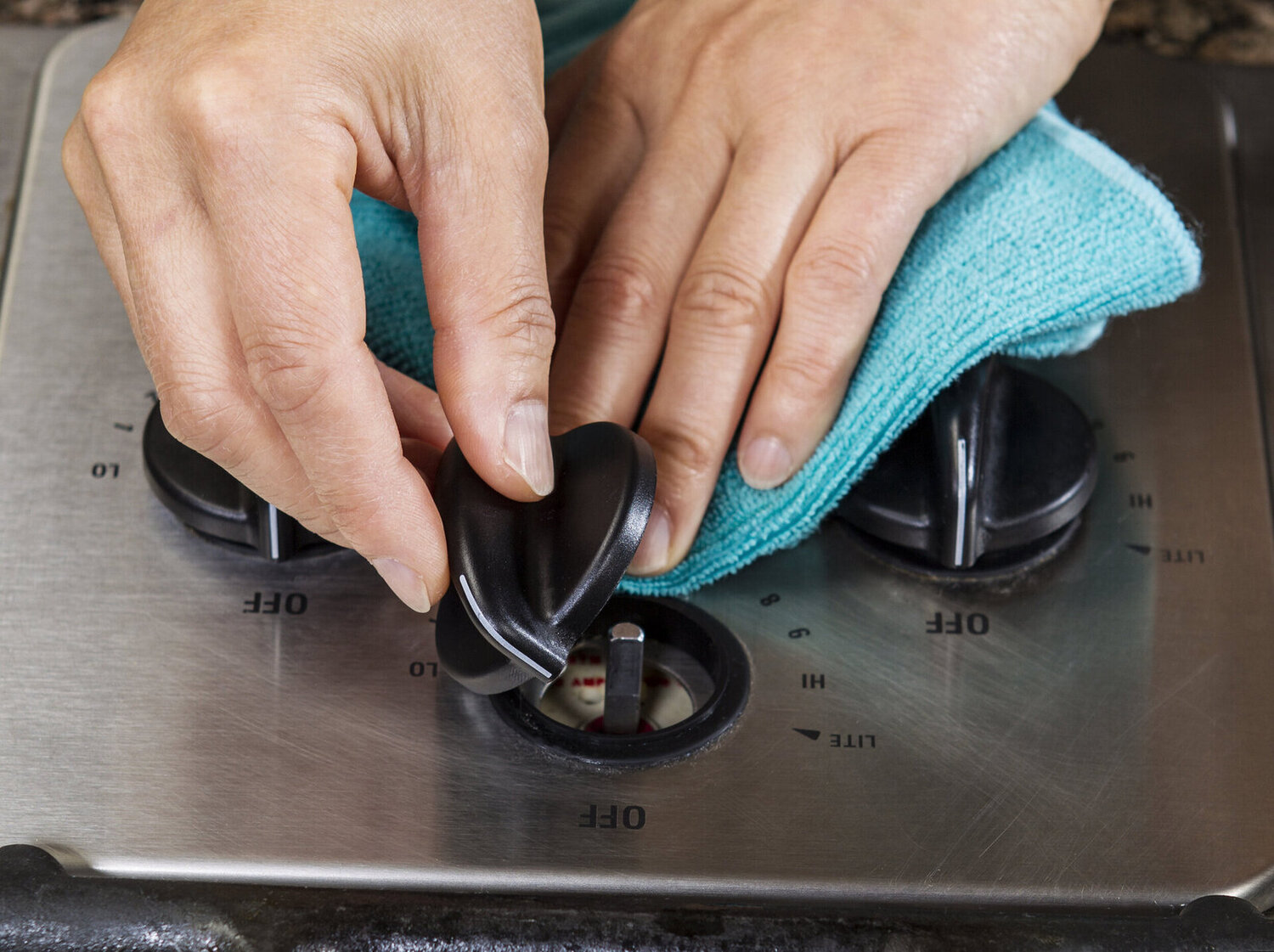
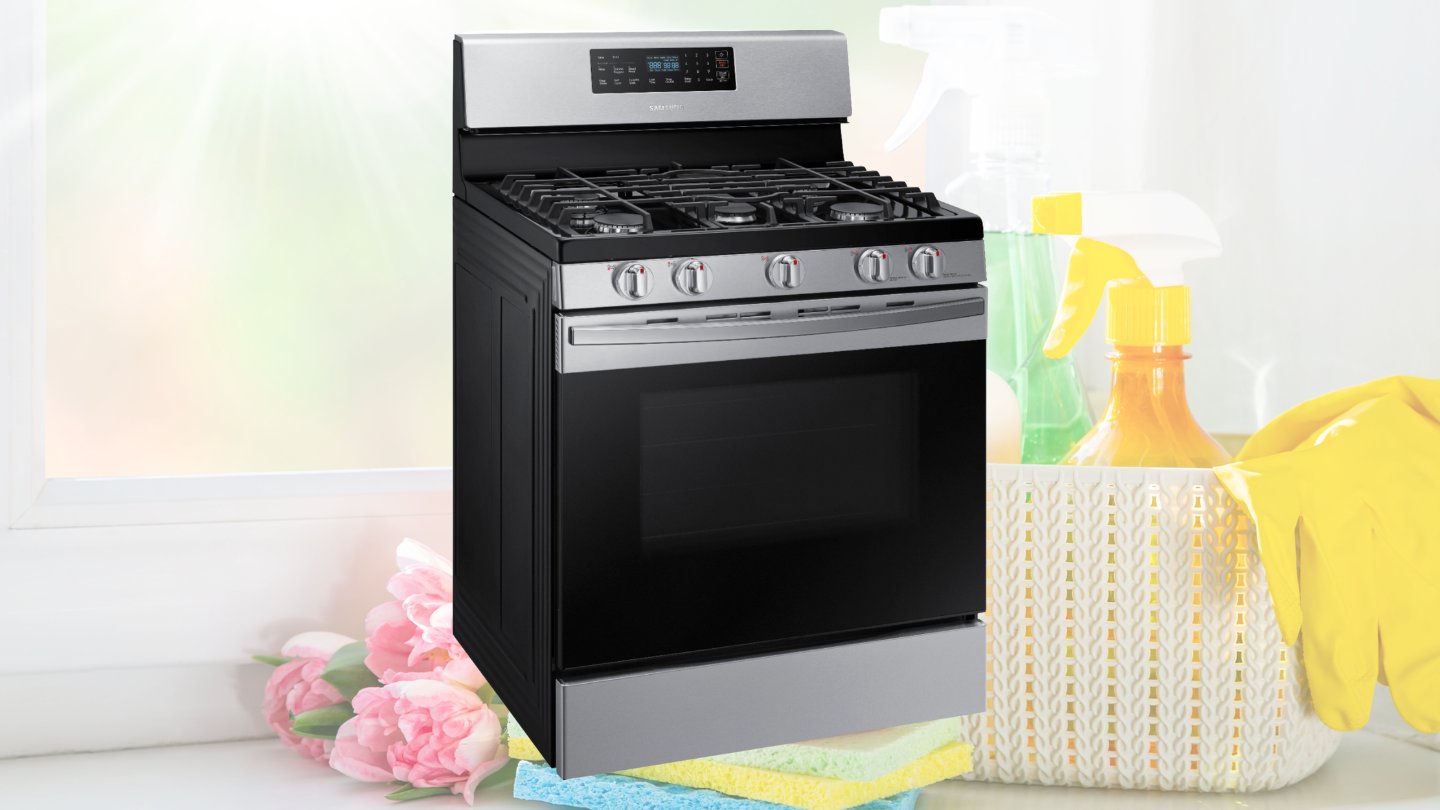
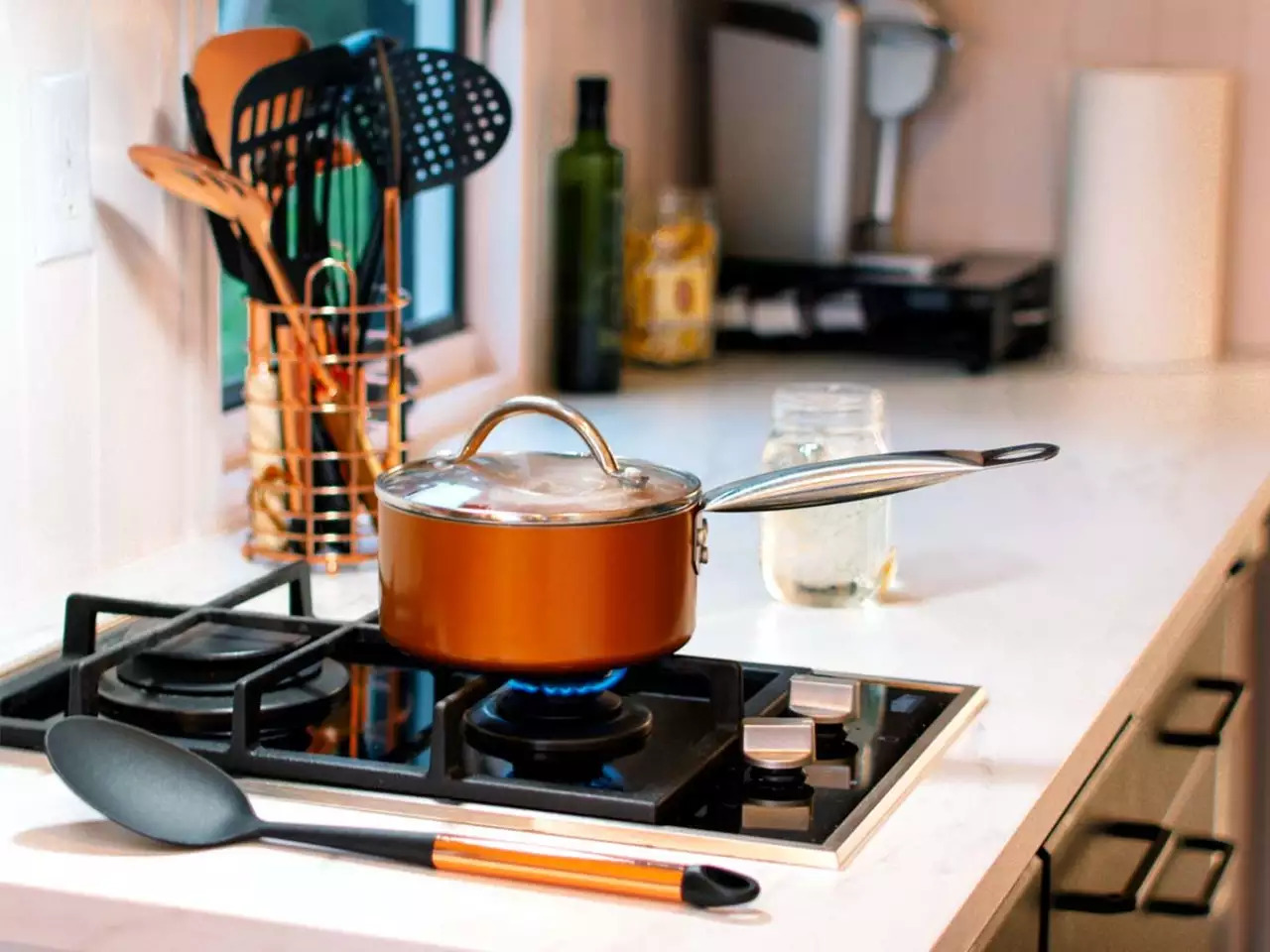
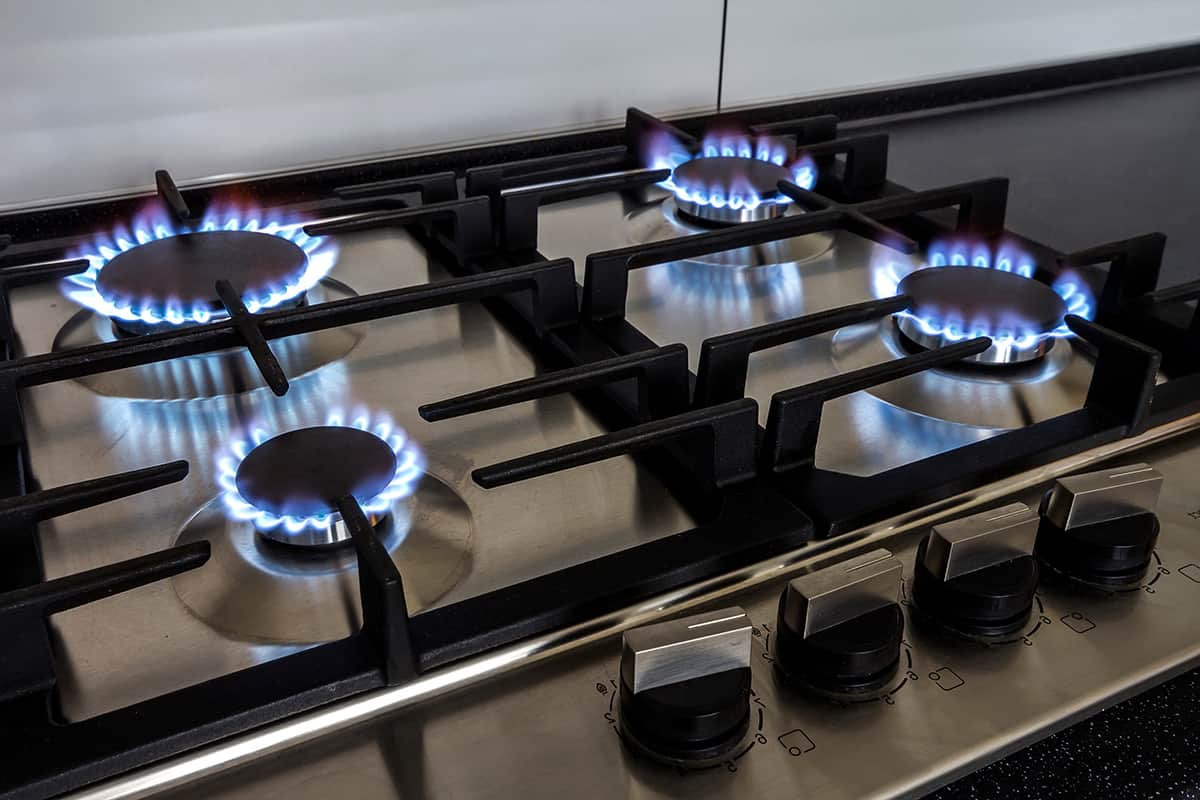
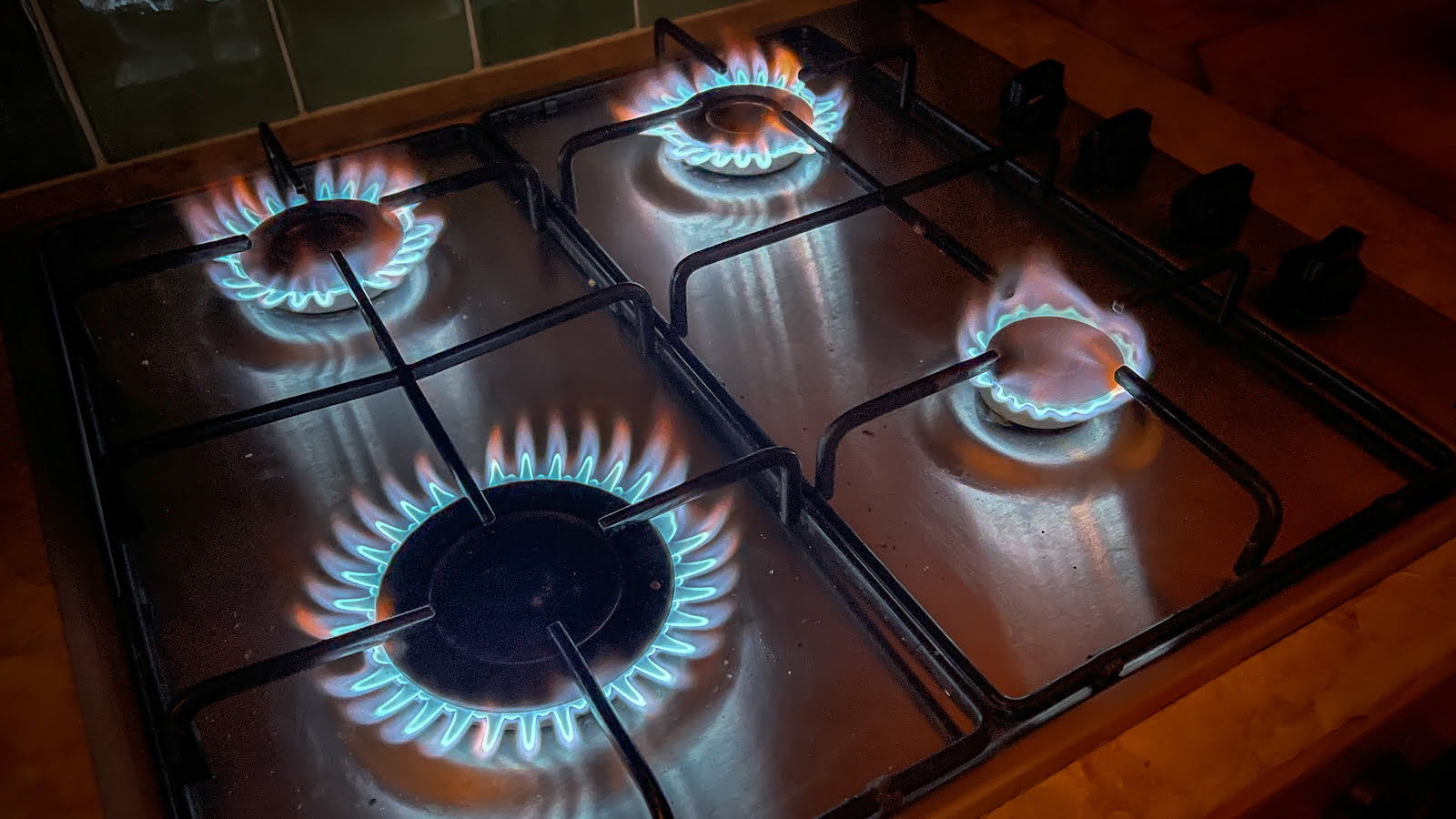
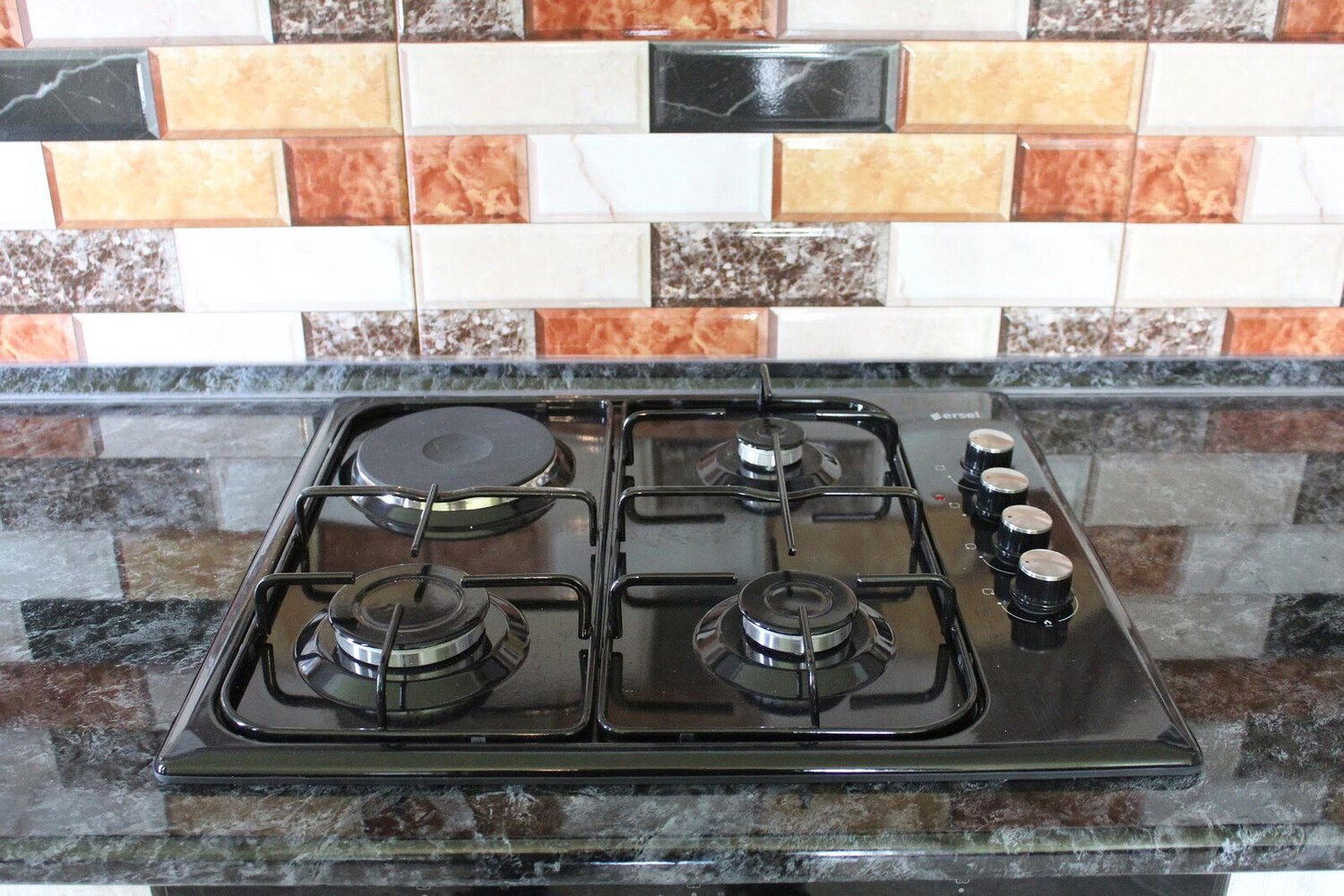

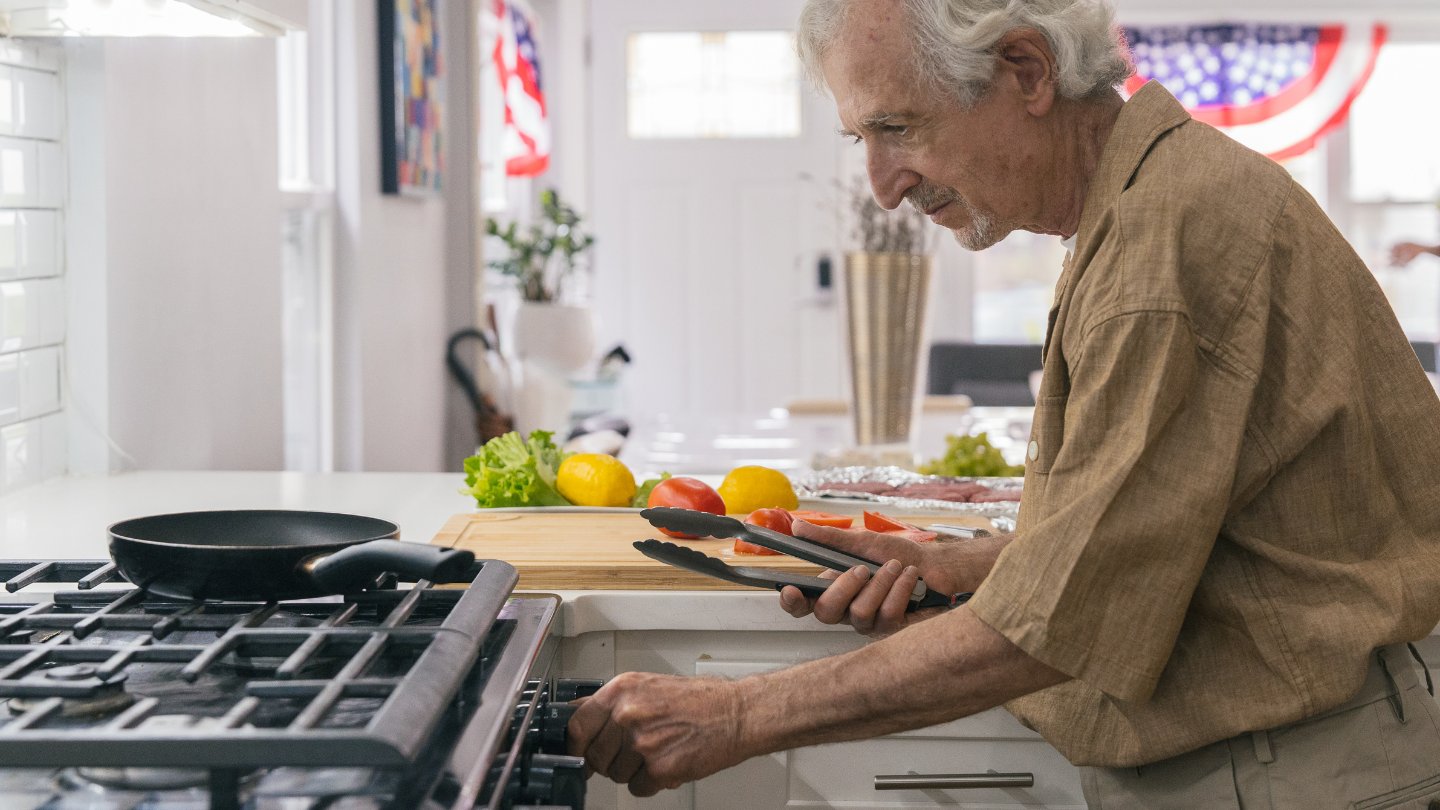
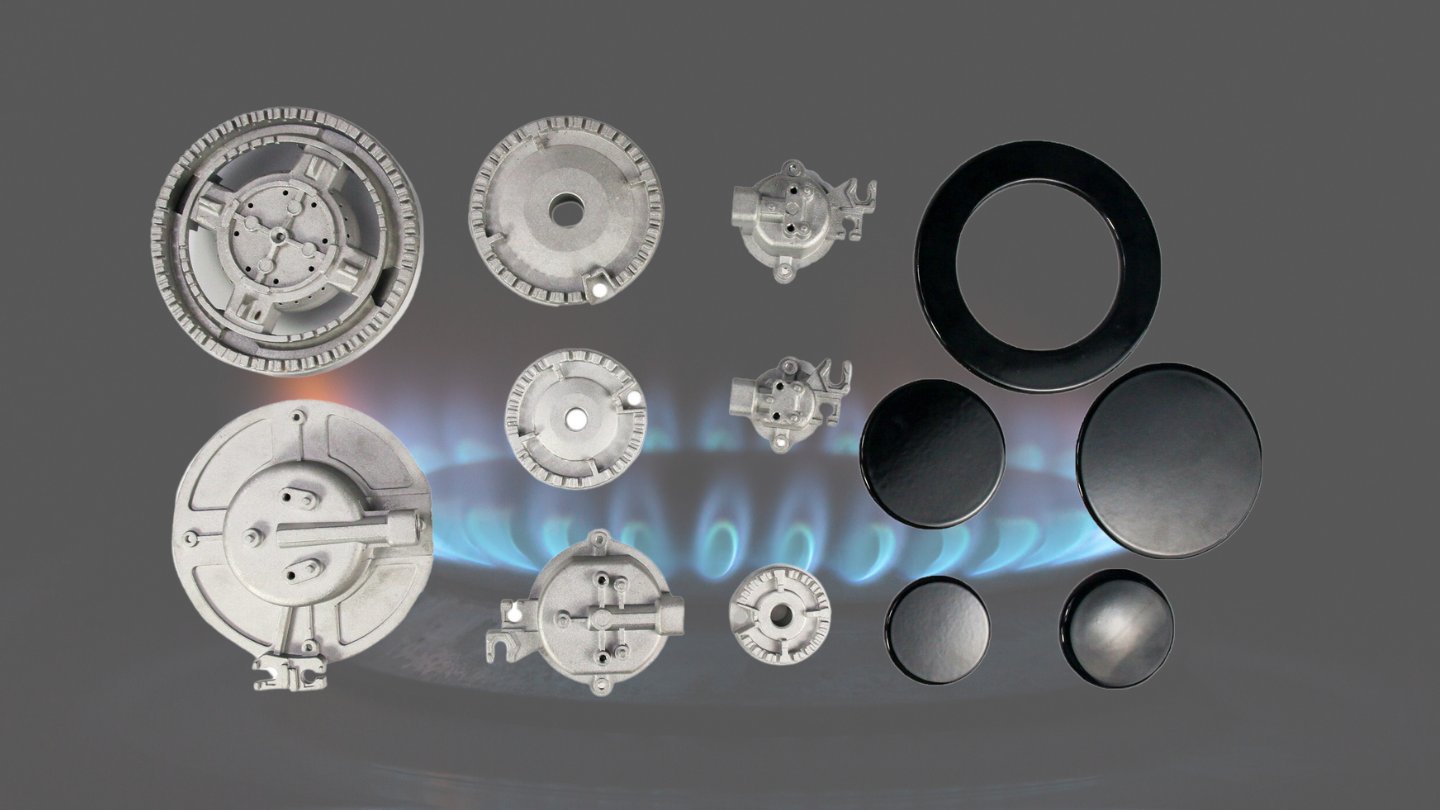
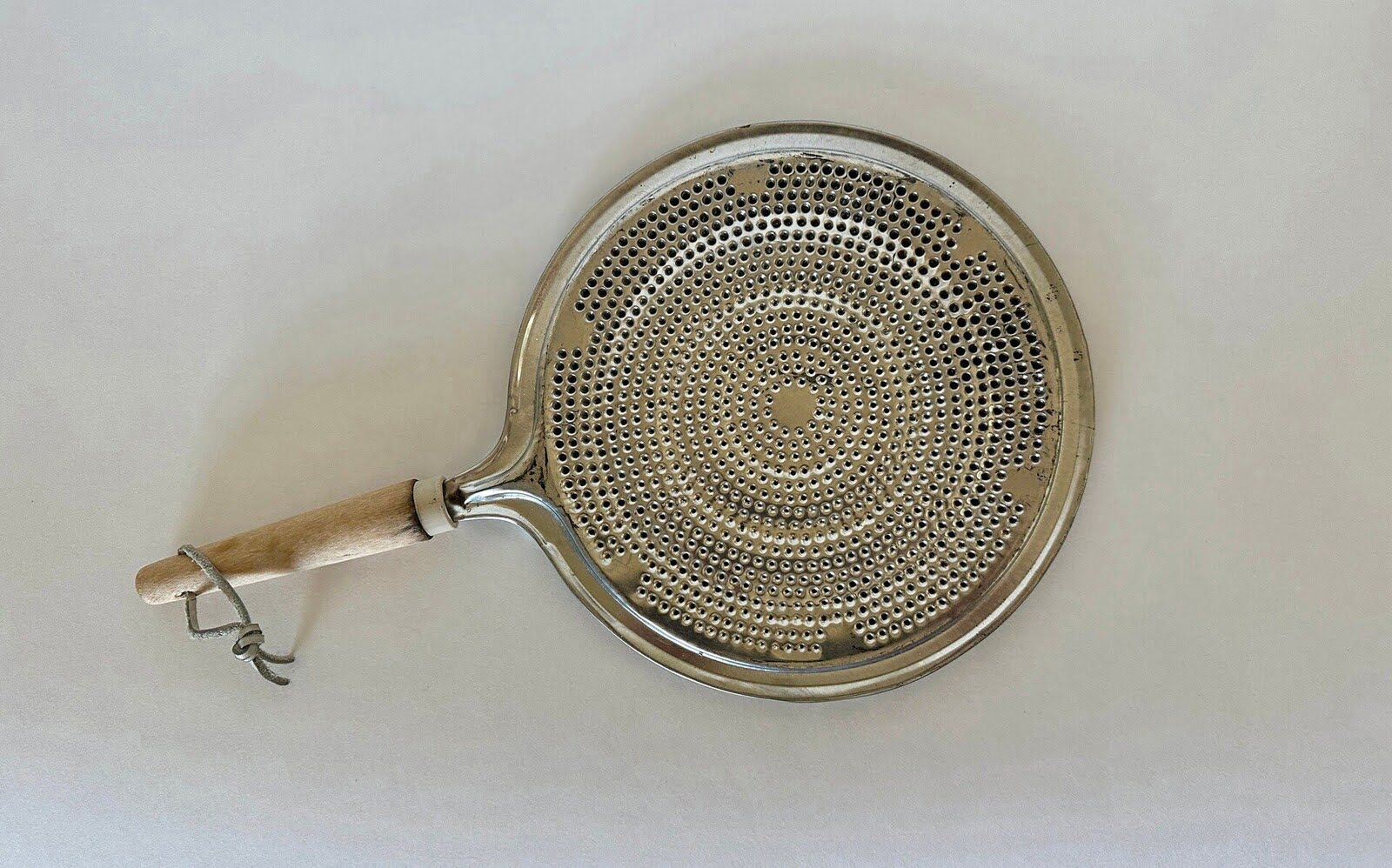
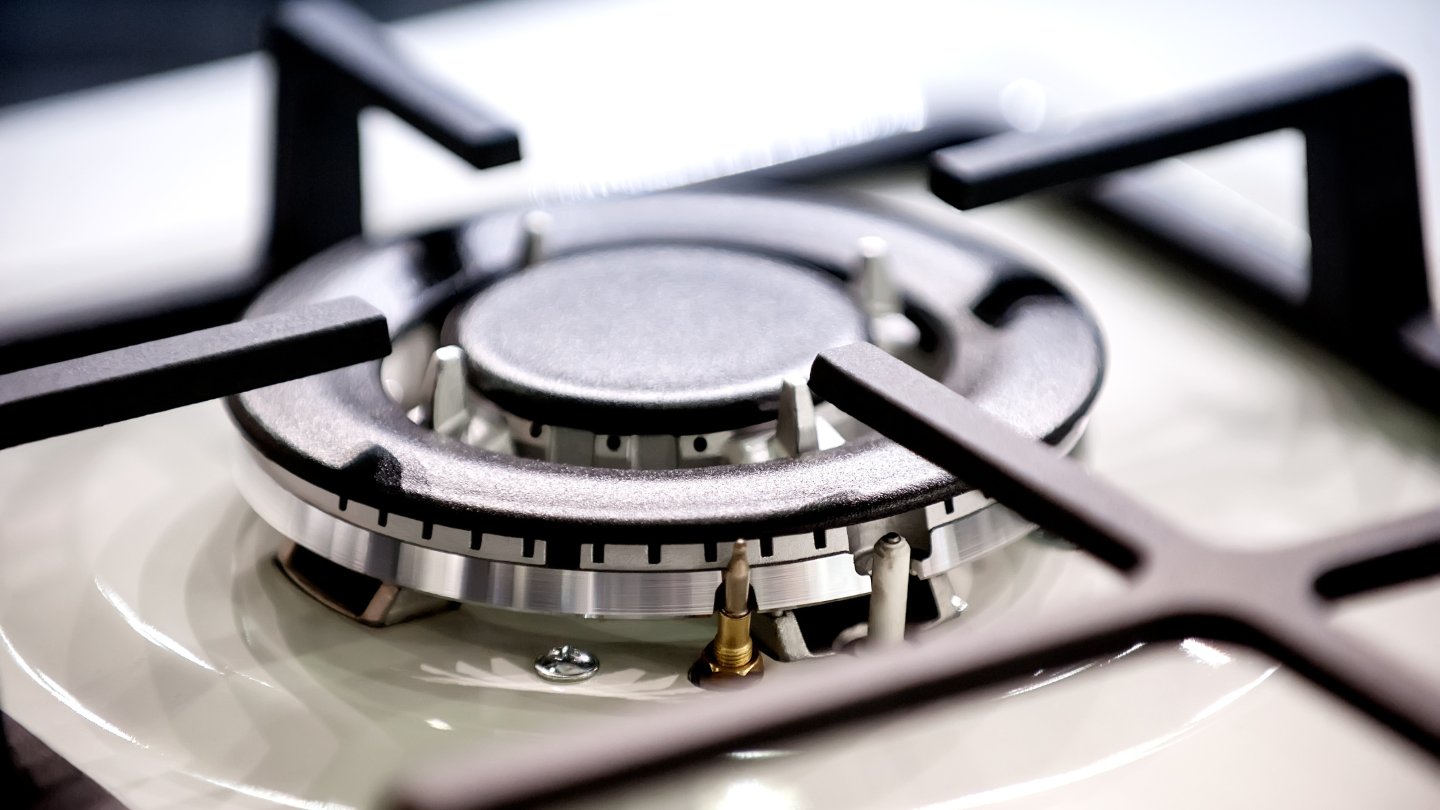
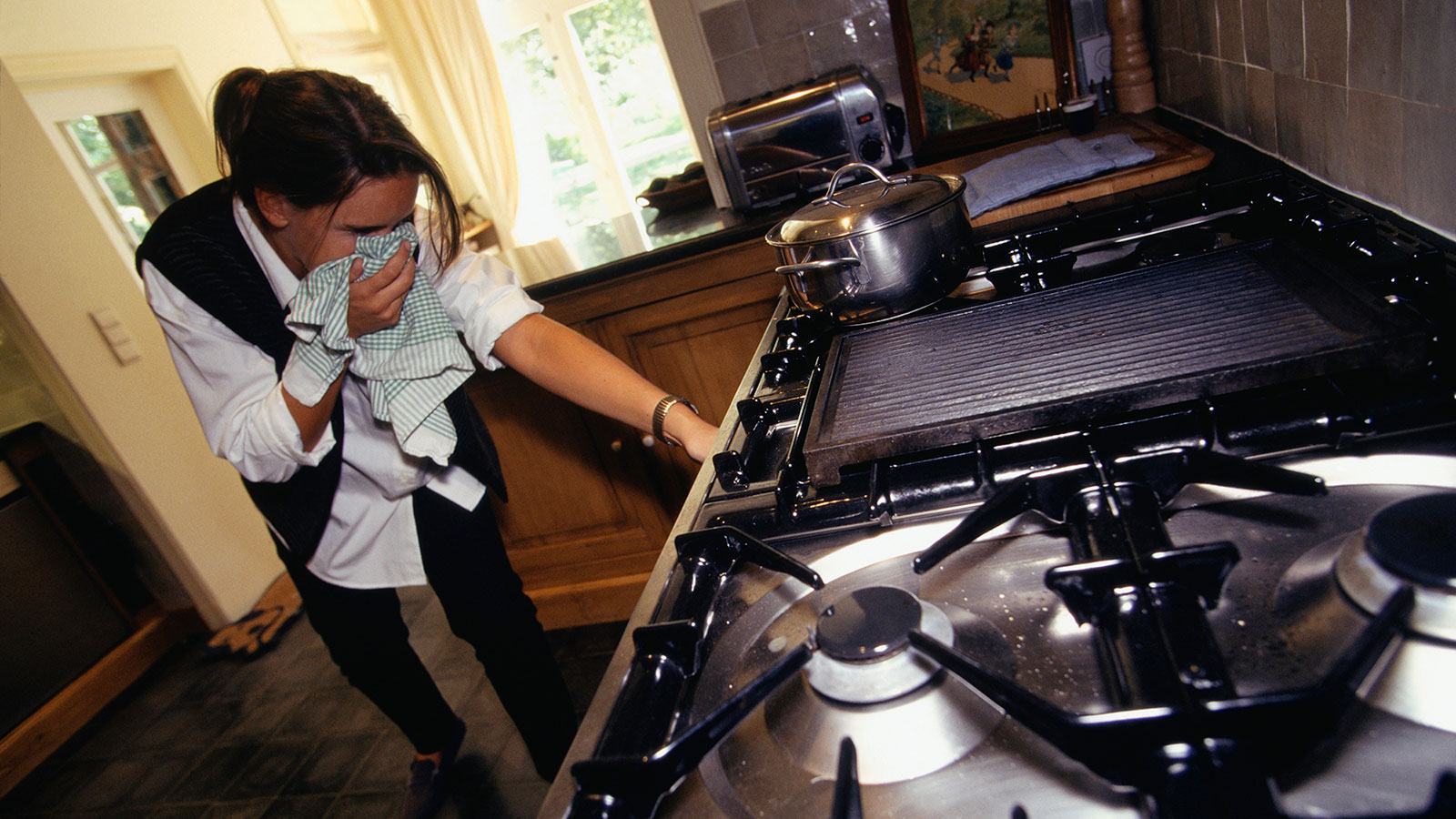
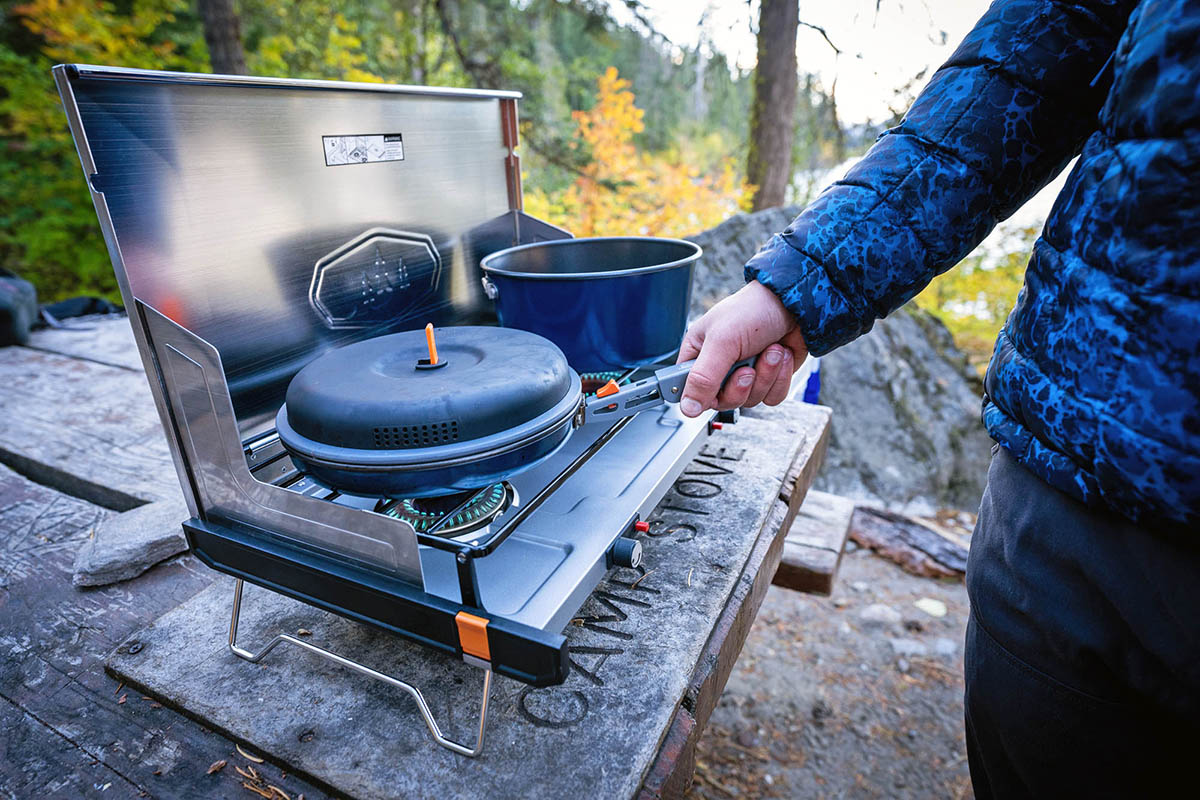

0 thoughts on “How To Use Gas Stove Burners”